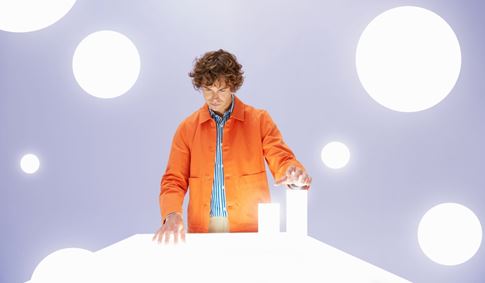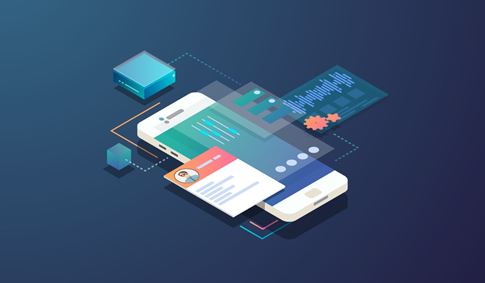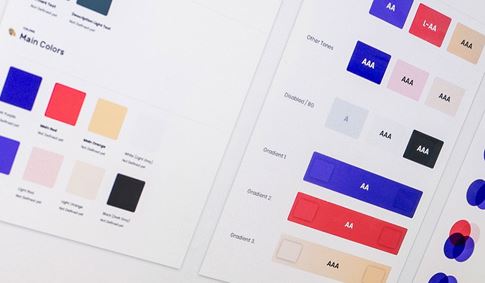Blocks: Constructing Collaboration and Solving Design Problems at CBRE Build
In the development of digital products within a complex domain like commercial real estate, effective collaboration between diverse teams is essential for success. Bringing together the perspectives and expertise of design, engineering, and product teams to create seamless and functional user experiences can be challenging without a unifying framework. This is where the Blocks Design System for CBRE Build plays a pivotal role, serving as the shared approach, language, and communication tool that empowers these teams to work together efficiently and effectively solve a variety of design problems.
Blocks is more than just a collection of design assets; it is a strategic initiative aimed at fostering synergy between the disciplines involved in building digital products at CBRE Build, likely the technology or development arm of the large commercial real estate services firm. The explicit statement that Blocks is the "shared approach, language, and communication between design, engineering, and product teams" underscores its fundamental purpose as a bridge between these often-siloed groups. It provides a common ground for understanding objectives, discussing solutions, and implementing digital experiences in a unified manner.
As a "shared approach," Blocks establishes a common methodology for tackling design challenges. This likely involves agreed-upon principles for user-centered design, accessibility standards, performance considerations, and a consistent process for ideation, iteration, and implementation. By adhering to this shared approach, teams ensure that their efforts are aligned and that they are working towards common goals using consistent methods.
Blocks also functions as a "shared language." In the absence of a design system, designers might use terminology that is unfamiliar to engineers, and product managers might describe features in ways that are ambiguous to both design and engineering. Blocks provides a standardized vocabulary for describing UI elements, interaction patterns, and design concepts, ensuring that everyone involved in the process is speaking the same language. This reduces miscommunication, clarifies requirements, and streamlines discussions around design problems and their solutions.
Furthermore, Blocks facilitates "communication" by providing a centralized and accessible platform where all relevant information about the design system resides. The fact that "the site contains a library of reusable UI and code components" makes it a practical tool for communication. Designers can point to specific components in the library to illustrate their design intentions, and engineers can reference the corresponding code implementations to understand how to build them accurately. This shared resource reduces the need for lengthy explanations and
facilitates a more efficient exchange of information between teams.
The "library of reusable UI and code components" is the tangible core of the Blocks Design System. "Reusable UI components" are the pre-designed interface elements – such as forms for property details, data tables for market analytics, interactive maps for visualizing locations, and navigation elements for moving between different tools – that designers can use to build interfaces efficiently. "Code components" are the corresponding, ready-to-implement code snippets for these UI elements, built according to established coding standards. This library is a powerful resource that helps teams "solve a variety of design problems." Instead of having to design and code common interface elements from scratch for each new project or feature, teams can leverage the existing components in the Blocks library, saving time and effort. This allows them to focus on the more complex and unique aspects of the design problems they are trying to solve.
The benefits of implementing a design system like Blocks at CBRE Build are significant. It leads to improved efficiency in the design and development process by providing
reusable resources and a shared approach. It fosters greater consistency across the digital products built by different teams, resulting in a more unified and intuitive user experience for CBRE clients and employees who use these tools. Most importantly, by facilitating seamless collaboration between design, engineering, and product teams and providing them with the tools to solve design problems effectively, Blocks contributes to the creation of higher-quality digital products that meet the specific needs of the commercial real estate domain.
In conclusion, the Blocks Design System is a vital asset for CBRE Build, serving as the shared foundation that enables effective collaboration and efficient problem-solving across design, engineering, and product teams. By providing a unified approach, language, and communication platform, along with a library of reusable UI and code components, Blocks empowers teams to build consistent, high-quality digital products that address the unique challenges of the commercial real estate sector. It is the essential system that helps CBRE Build construct exceptional digital experiences.





